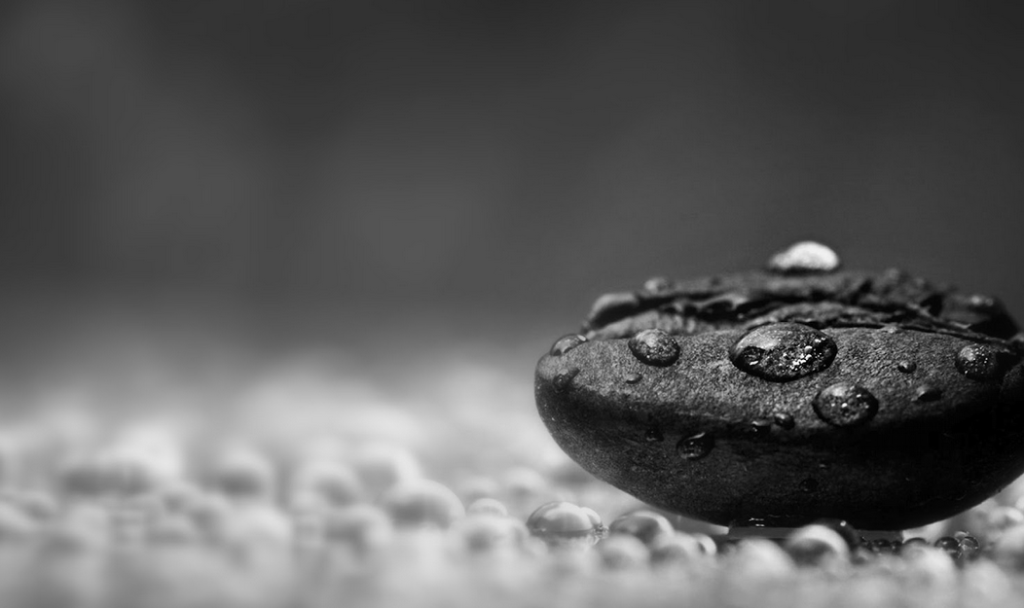Best Digital Camera Composition Tips for Black And White Photography
Shoot RAW and JPEG – Some of the best monochrome/black-and-white pictures are made by editing raw files that have the full-color information. However, you can also use RAW and JPEG files simultaneously and use the digital cameras built-in Picture Style/Picture Control/Film Simulation mode to get a decent preview of the result. These days, most photography cameras right from the entry-level up to the best digital camera have a suitable black and preview modes. By using your photography cameras RAW mode, you can change your mind if the result is not desirable. Look for Contrast, Texture, and Shape – In monochrome pictures, complementary and opposing colors reduced to blacks, whites, or shades of grey. You have to scout for tonal contrast to make a shot stand out. The best black and white photos usually have some portion near to pure white, and some part that is near to black. Look out for textures that are not front-lit. Texture help highlight the subject. The presence of weathered texture is the exact reason why black and white photos of old items such as barns or antiques are so compelling. Experiment with Long Exposure – Long exposure shots can work magnificently in black and white photography, especially with moving water or clouds. Even if you do not have the best digital camera currently, exposure settings are readily available in most modern photography cameras. The blurring of the movement caused by long exposures adds textural contrast with any stationary objects in the frame. Remember to use a tripod, remote release, and mirror lock-up to reduce vibration and click super-sharp detailed images. A wide range of grays – Varying tones of gray, preferably in the background, help the image/subject to be detailed and distinguished. A more extensive range of grays can also be achieved by using flash to throw highlights and shadows over certain areas of the composition. Use HDR – Most photography cameras these days have an HDR mode. If your camera has one, use it. It is a somewhat lesser-known tip; HDR is excellent for black and white photography as it exaggerates the dynamic range and edges.
Using Filters for the Best Digital Camera based on Black and White Photography
Using Filters is one of the best-known tips for the best digital camera based black and white photography as they manipulate image contrast. Following is a quick cheat-sheet for using filters in black and white photography.
Ultraviolet Filter – They help to minimize the effects that UV light has on the total contrast of a black and white outdoor shot. UV rays can lead to blurry objects in the distance, especially in landscape photography. Polarizing Filter – While you are shooting around reflective surfaces such as water, leaves, or glass, use a polarizer to attenuate the reflections of the sun’s light. Graduated Neutral Density (ND) Filter – It is mostly used in landscape photography to reduce the exposure of the sky in black and white photography. They should be used in shots where the horizon is fairly straight for the best results. Colored Filters – Interestingly, color filters play a crucial in black and white photography. Colored filters harness the color spectrum to create noticeable contrasts between certain colors in black and white photography. Red Filters – They are very extreme and can be used to enhance the sky and clouds in landscape photography. Orange Filters – Orange filter reduces the appearance of freckles and blemishes in human photography. They also reduce the appearance of fog and haze, darken skies and emphasize clouds. Yellow Filters – This filter is very subtle and is ideal for beginners, especially in landscape photography. Green Filters – It is ideally used for photographing plants as it helps separate the green foliage from the brightly-colored flowers and buds. Blue Filters – They are rarely used in black and white photography as they are known to darken images further.
Best Digital Camera Image-Processing Techniques for Black and White Photography
Just like in the movies, a great deal of polishing happens in the post-production stage. You can use image processing software to polish and enhance your final images. Sometimes, even the best digital camera with a stellar crew leads to black and white photographs that lack impact. It is very software processing steps up.
HSL/Grayscale – This processing in absolute must get stellar black and white shots. It lets you adjust the brightness of eight colors (individually) that make up the image. Levels and Curves – It can help you manipulate tonal range and contrast of your image. Silver Effex Pro – If you are an absolute beginner with using Photoshop and Lightroom, you could consider using Silver Effex Pro for some fantastic results. Dodge and Burn – Dodging and burning is a traditional darkroom technique that burns/darkens highlights and holds back/brightens shadows. It gives a sense of more exceptional sharpness and enhanced textures. These days, most of the image-processing software has this feature built-in.
The minimalistic use of blacks, grays, and white tones and photographic cameras produce graphic, great representations of everyday images. Even the use of the best digital camera will not assure amazing black and white shots. Practice and dedication is the key to master the beautiful art of black and white photography.
